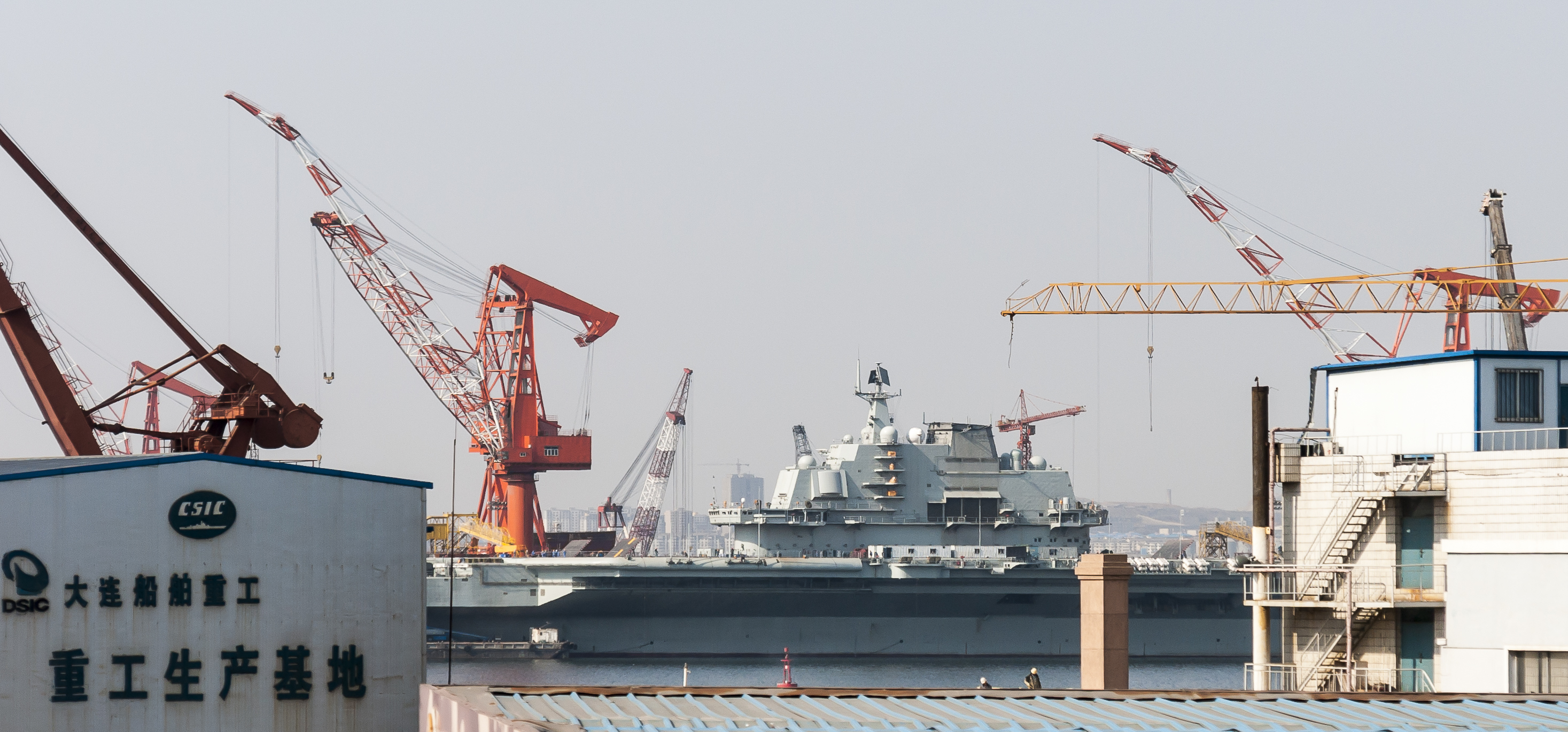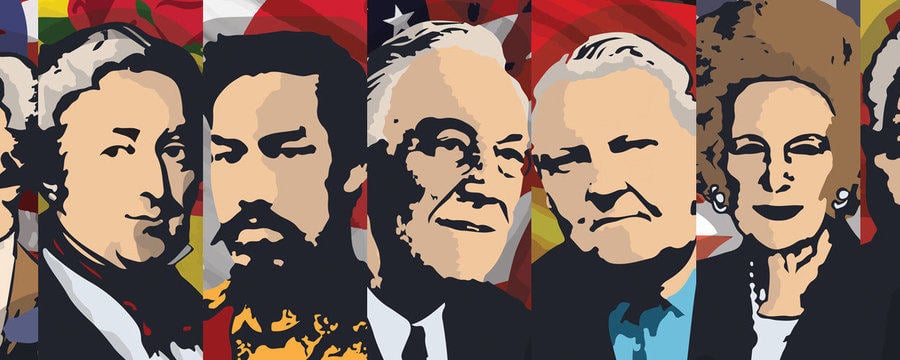Why China is Important

Share this step
China under Deng Xiaoping was transformed into a rapidly growing economic superpower. In this article, Sir Vince Cable lays out the case that China certainly does matter.
Deng’s reforms ushered in a remarkable economic transformation which has turned China into an economic superpower. Deng played a background role encouraging economic reform after the death of Mao and, indeed, earlier. His influence was most marked in the 1980’s when he was ‘paramount leader’ but his ideas and influence survived long after until to the present day. In the process China emerged from an insular, introverted, country beset by periods of chaos and famine to the modern, outward-looking and sophisticated country we know today. China now matters to the rest of the world for a variety of different reasons:
- Economic Size
We normally measure the size of countries economies by GNP (Gross National Product) which is an approximate measure of how much is produced (or, more precisely, the value added). If trade is roughly in balance it is also a measure of how much is consumed.
There are however different ways of comparing the GNP of one country with another (over and above the question of accuracy of economic statistics). If we compare GNP at 2015 average exchange rates the US GNP was $17.9 trillion and China’s $11.4 trillion. But exchange rates fluctuate and may also give a very distorted picture of price levels in the two countries. In general, Chinese goods and services cost less than their American equivalent or, indeed, prices in many developed economies. If this effect is allowed for we can calculate a GNP on a purchasing power parity (PPP) basis. The IMF/World Bank use a measure which gives China a revised GNP of $19.5 trillion, that is significantly larger than the US ($17.9 trillion) and larger even than the combined EU ($19.1 trillion). Thus, there are some measures which show China as the biggest economy in the world and others which leave the US as (for the moment) still the biggest. Both are ‘true’ though they measure different things.
Of course, economic size is not the same as living standards. Even on a PPP measure China is still much poorer that the US with per capita income of around $12,000 as against $53,000 in the US.
What matters for the future is how fast China grows absolutely and relative to the rest of the world. Chinese growth figures are regarded with suspicion though it is plausible to believe that China was achieving double-digit growth for much of the last two decades. In the last few years, however, growth has slowed sharply to an estimated 6% in 2016. There is much debate as to whether even this rate of growth can be sustained.
- Trade
When Deng initiated his reforms China’s role in world trade was negligible, after a period in which Maoist economics was based on self-sufficiency. China is now the world’s largest trading nation – of goods – with exports in 2014 of $2.34 trillion as against $1.62 trillion from the USA and $1.50 trillion from Germany. On the import side, the US imports $2.41 trillion, China $1.96 trillion and Germany $1.25 trillion. China has the largest total values: $4.30 trillion versus $4.03 trillion for the USA.
These figures are a little dated since they come from 2014 and, since then, China’s trade has increased significantly faster than for the USA. They also relate to goods, not services. US services trade may account for an extra $1 trillion or so, and China’s is $0.5 trillion which leaves the US still fractionally ahead overall, though by 2016 China has almost certainly surpassed it. The reason why China’s salient role in trade matters is that trade transmits Chinese demand (and supply of goods) to the rest of the world. Chinese imports of food, raw materials and energy have had a massive influence on global commodity markets – helping to fuel boom and bust in commodity prices, especially for products like copper and iron ore where China is the dominant market. Chinese demand drove the 2008-11 commodity price boom at a time when western economies were depressed. Chinese exports of manufactures have also driven down the price of consumer goods, raising the purchasing power of (western) consumers but also, arguably, wages. The imbalance between imports and exports has been a source of friction with China’s trade partners – leading to the threat of trade warfare with Trump’s America. However, China’s current account surplus of 2.5% of GDP is smaller in relative terms than Japan’s (3.7%), Germany (8.8%), Korea (7.6%), Switzerland (9.4%), among others and China cannot any longer meaningfully be described as a ‘currency manipulator’. But its bilateral trade surplus with the US is close to 2% of US GDP and, however unreasonable or economically irrational it may be for the US to treat this as ‘unfair’, the politics are negative.
- Savings and Capital Flows
The corollary of the current account deficit is that China exports capital – savings – to the rest of the world. China has extraordinarily high rates of savings – almost 50% of GNP – without precedent historically for an emerging economy. Most of the savings are invested but there is a large surplus of savings despite attempts to boost consumption. Chinese savings are estimated at $5 trillion annually, up from $1 trillion a decade ago and much higher than the $3 trillion of the USA. There is the prospect of these Chinese savings being increasingly deployed, internationally. The Bank of England has estimated that the Chinese stock of external assets and liabilities could rise from 5% of GDP to 35% in two decades, with the implication that Chinese investors will own a far bigger share of the economy than they do now.
- Military Strength
Until recently, China was a relatively weak military power compared with the USA (or Russia). It had a large standing army, the PLA, but has been concerned with defence (and internal security) rather than projecting force globally like the US (indeed, the PLA’s numbers are being cut). The overall position is now changing, fast. China has developed bases in contested waters in the South China sea; has established a military base in Djibouti; and has built an aircraft carrier and missiles to ‘kill carriers’. China now spends, on its own estimates, $150 billion a year on defense as against $525 billion by the US but independent overseas analysts like SIPRI believe that the true figure is closer to $230bn. And this is rising in line with the Chinese economy – around 7 to 8% pa.
China is not on the same level as the US militarily though in decades to come it could approach parity. Its defense capability is moreover carefully targeted around a strengthening navy and specialist areas like cyber where its capability is formidable.
Vince has shared several ways in which China certainly does matter. Share in the comments which of the four – Economic Size, Trade, Savings and Capital Flows, or Military Strength – you find most surprising and why.
Share this
The Politics of Economics and the Economics of Politicians

The Politics of Economics and the Economics of Politicians


Reach your personal and professional goals
Unlock access to hundreds of expert online courses and degrees from top universities and educators to gain accredited qualifications and professional CV-building certificates.
Join over 18 million learners to launch, switch or build upon your career, all at your own pace, across a wide range of topic areas.
Register to receive updates
-
Create an account to receive our newsletter, course recommendations and promotions.
Register for free







